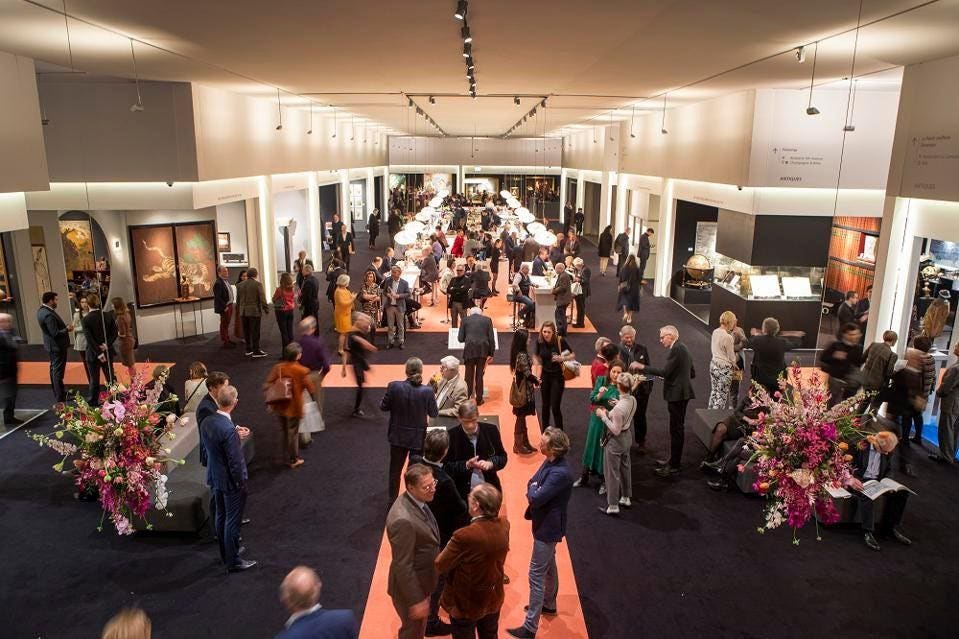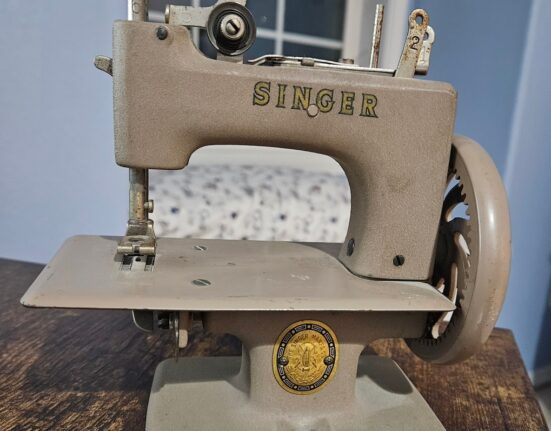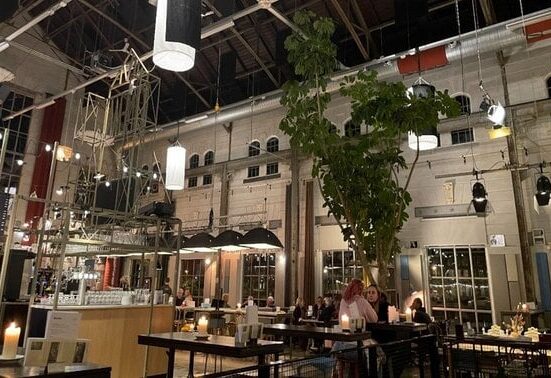VIP Preview at TEFAF Maastricht 2020.
TEFAF
Delighting in the splendid press previews of TEFAF Maastricht 2020 was one of the highlights of traveling to write about the global art world. Its earlier shuttering was the catalyst for the shutdown of the global art world. With heavy hearts, the European Fine Art Foundation announced today that the 35th edition of TEFAF Maastricht, originally scheduled for March 12-20, has been postponed amid rapidly rising worries about the global volatility of Covid-19.
“This was a difficult, but necessary decision, guided by three key concerns: first is the unpredictable nature of Covid-19; second, the significant financial risk to both TEFAF and our exhibitors should the fair be cancelled in the lead up to March; and third is, as always, the health and safety of the TEFAF community, our exhibitors, visitors, sponsors, and partners,” said TEFAF Chairman Hidde van Seggelen. “TEFAF is a highly-anticipated global benchmark for the art world community and as such, we are exploring all options to ensure the fair takes place during 2022.”
There have been more than 272.1 million Coronavirus cases and more than 5.3 million deaths reported worldwide, according to Worldometer, formerly Worldometers, a reference website that provides counters and real-time statistics. The Omicron variant, reported in more than 60 countries, poses a “very high” global risk, the World Health Organization said this week.
Organizers are still working out details of potential later dates, and no decision has been made on whether there will be another online fair.
The decision won’t impact TEFAF New York, which remains scheduled for May 6-10, 2022. The in-person TEFAF Maastricht 2021, originally slated for September 11-19, was also cancelled due to Covid-19 concerns, prompting the second iteration of TEFAF’s digital fair, TEFAF Online 2021.
TEFAF Maastricht 2020 wowed art collectors from across the world, with an array of opulent booths that draw visitors into breathtaking environments designed to complement the coveted works for sale. The postponement is a major letdown for galleries that spend months planning and building exquisite showrooms.
In 2020, the internationally renowned Galerie Gismondi, specializing in artworks, sculpture, and furniture from the 16th through 19th centuries, welcomed visitors to a booth featuring the art in-situ, or as the masterworks would have been displayed in the palaces of Francis I and Henri IV during the Bellifontaine period.
In collaboration with the Entreprise du Patrimoine Vivant (EPV), the Paris- and Antibes-based gallery employed original techniques and expertise to recreate two rooms entirely wooded and embellished with marble elements to showcase a very important collection of hard stone and marble marquetry artworks and paintings.
Nicholas Mullany, director of Mullany, Haute Epoque Fine Art of London, spent a year preparing for the 20200 exhibition, premiering a magnificent booth modeled after a Romanesque cloister that would complement the works for sale. It took six days to install the booth with two chambers, including an intimate back room for smaller works and tapestries. The gallery specializes in continental sculpture, works of art, furniture, and complementary Old Master paintings dating from 1200 through 1700.
Marble sourced from the same ancient quarries used to build the Palace of Versailles lined the 2020 booth of private dealer Christophe de Quénetain. A homage to the Royal Chapel of Versailles took some five months to construct and a week to install, said Belgium artisan Erik Mostert.
Paris-based Galerie Léage, focused on museum quality furniture and objects d’art from the 18th century, created two spectacular rooms for the 2020 fair.
The larger room is embellished with gold and green woodwork from the Regency period, comprised of: two trumeaux, a section of wall or a pillar between two openings; two door panels; eight panels from the old Patiño collection; and a mirror in gilded wood from the Regency period. The expansive room displays a gilt wood console from the Louis XIV period, decorated with motifs representing Native Americans.
The second room, adorned with paneling from the first Chateau des Marais, a moated medieval castle dating from before the 12th-century, houses a Louis XVI varnished chest of drawers made by Pierre Macret, opening with two doors on two drawers with an interior in red lacquer.
Since 1988, the fair at the sprawling Maastricht Exhibition & Conference Centre, located in the city’s Randwyck district, has been devoted to elite displays of the world’s finest art, across categories.







